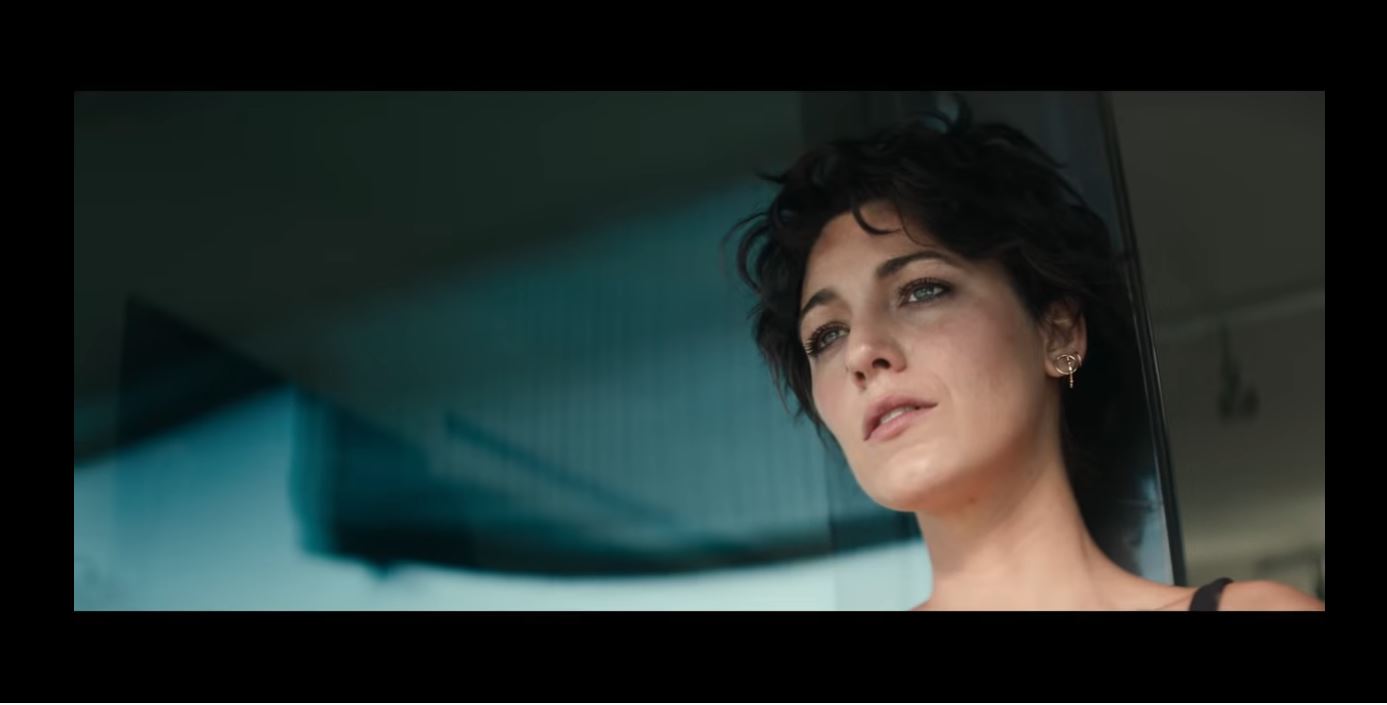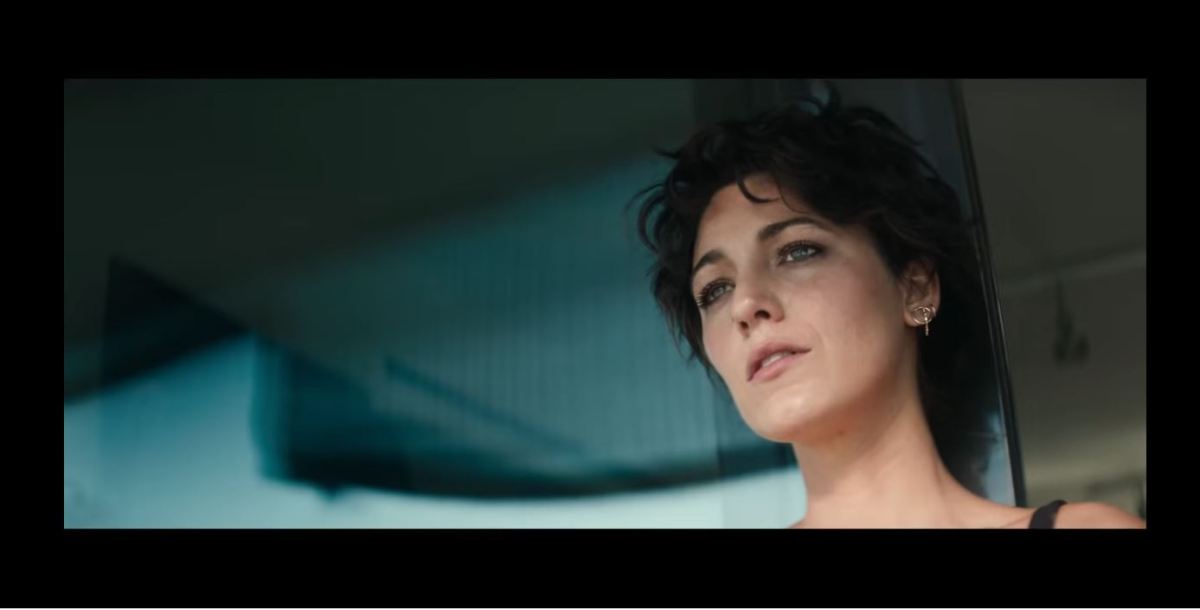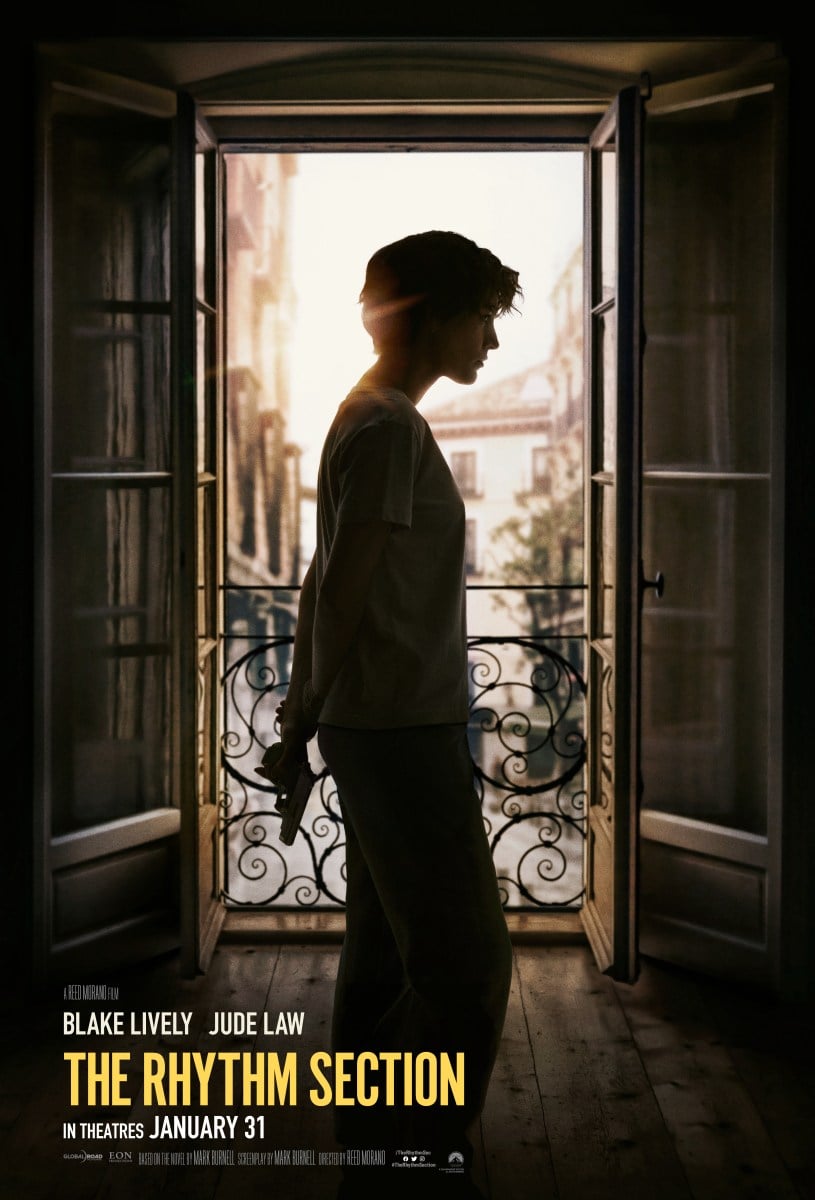Blake Lively’s Strong Performance Can’t Keep The Rhythm Section on Beat
The grim thriller has set records for worst ever box office performance.


(image: screencap/Paramount Pictures)
On paper, The Rhythm Section checks all my boxes. A gritty revenge thriller about an average woman turned assassin? Yes! Starring underrated actor Blake Lively alongside Jude Law and Sterling K. Brown? Alright! Directed by award-winning female director Reed Morano and produced by the folks who brought us James Bond? Hell yeah!
Unfortunately, the resulting film was thoroughly meh. Lively plays Stephanie, a woman who loses her entire family in a plane crash. After the plane crash, Stephanie winds up a drug-addicted sex worker with no will to live, until a journalist (Raza Jaffrey) tracks her down and informs her that the plane crash was a terrorist bombing covered up by the government.
From there, Stephanie connects with a retired MI6 spy played by Jude Law, sobers up, and undergoes a grueling training regime in the remote Scottish highlands before setting off on a globe-trotting mission to murder the men who killed her family. Lively’s raw performance is by far the best part of the film, and she makes an excellent case for herself as an action heroine. Unfortunately, a convoluted humorless plot sucks the air out of what should have been a kickass revenge film.
Critics agreed, giving The Rhythm Section a 31 percent Fresh rating. Audiences liked it even less, with the film setting a box office record for worst-ever opening from a film in wide release, with a weekend debut of just $2.8 million. The film is looking at a $30-40 million loss overall. Producers Barbara Broccoli and Michael Wilson released a statement saying, “We are obviously disappointed with the box office, but proud of Reed and our movie and the overwhelmingly positive reaction to Blake’s performance.”
Spy movies and revenge thrillers have always been catnip for audiences. But there was a confluence of issues that caused the film’s box office bombing. First, there was the choice to open on Super Bowl weekend, traditionally a time when folks don’t go to the movies. Studios often try to counter the Super Bowl with female-friendly offerings, so it kind of makes sense that The Rhythm Section would offer some counter-programming.
But the advertising for the film was truly puzzling. The poster for the film features Lively in silhouette, gun behind her back, standing in front of a window. This poster fails at the two things a movie poster should do, namely tell us who is in the film and what the movie might be about. It’s a pretty image, but it is not good marketing.

(image: Paramounth Pictures)
Add to that the confusing title, which does the film no favors. The Rhythm Section makes sense in the context of the film, as advice Jude Law gives to Lively during a shooting lesson. But as a title, it gives audiences zero context for what the film is about.
It’s clear that the marketing team behind the film didn’t know what to do with this gritty thriller, and while the film is far from perfect, it deserved better than what it got. I think it’s still well worth seeing for Lively’s performance alone, and some brutal action sequences that are well shot.
It’s frustrating that female spy thrillers struggle to find an audience. Even excellent entries into the genre like Atomic Blonde struggle to match the success of a Bond or a Bourne film. Until then, save The Rhythm Section for a VOD screening, or better yet, rewatch Atomic Blonde.
(via IGN)
Want more stories like this? Become a subscriber and support the site!
—The Mary Sue has a strict comment policy that forbids, but is not limited to, personal insults toward anyone, hate speech, and trolling.—
Have a tip we should know? [email protected]
